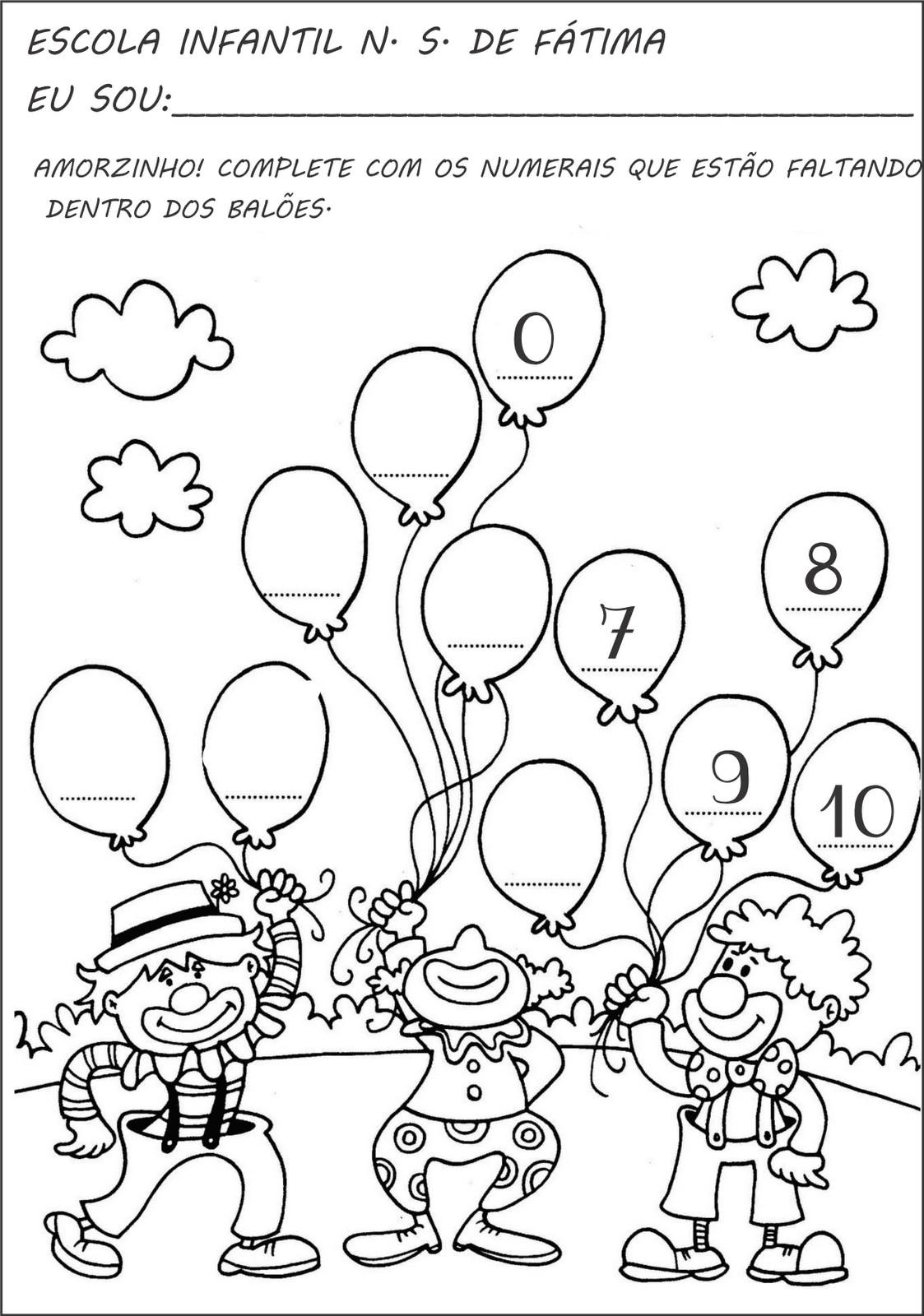Hey guys! Today we are going to talk quickly about a topic of great importance in the training of Geographers, Architect, Urban Planners and others related to Social Sciences: gentrification.
Do you already know what gentrification is? This is a concept created by British sociologist Ruth Glass to explain the changes that occurred in certain working-class neighborhoods in London. However, similar changes have also been observed in other parts of the world, and the concept of gentrification has become widely applied in urban studies that address inequality and socio-spatial segregation.
The Concept of Gentrification
Gentrification is a process that describes the transformation of the urban landscape, in which old areas acquire new uses and meanings. How exactly does this happen? Well, some areas of the city, even if they are not very degraded, are starting to attract residents with higher incomes. They are attracted by architecture of the buildings, the privileged location and the offer of quality commerce and infrastructure. These new residents trigger the process of revitalizing these spaces, promoting a marked appreciation of the region.
The Positive Side
Here the question arises: Is this a good thing or a bad thing? The answer is: it depends. Some authors consider the gentrification process as something natural within the logic of urban expansion and see it as beneficial. They argue that gentrification restores degraded areas and gives old landscapes a modern look.
The Negative Side
However, the gradual construction of old constructions ends up promoting the gentrification of these areas, which consequently increases urban speculation. This, in turn, increases property prices and the local cost of living. And here comes the negative side of gentrification. It causes the expulsion of former residents, who often migrate to more peripheral and precarious locations, resulting in an increase in inequality and segregation.
State intervention
It is important to highlight that, in many cases, the gentrification process occurs with state interference. Especially with regard to the revitalization of public areas, the creation of infrastructure and the construction of leisure areas. Remember the works carried out for the 2014 World Cup? They exemplify how gentrification promotes local revitalization and the redefinition of uses, but also leads to urban speculation and the expulsion of poorer residents.
Conclusion
In short, gentrification is a contradictory process that affects life positively for some and negatively for others. It is a complex phenomenon that demonstrates how urban transformation can have significant impacts on people's lives and the social dynamics of a city. Therefore, it is important to understand this concept and its implications when analyzing the changes occurring in our cities.
Gentrification | Encyclopedia of Anthropology (usp.br)
Gentrification – Wikipedia, the free encyclopedia (wikipedia.org)




